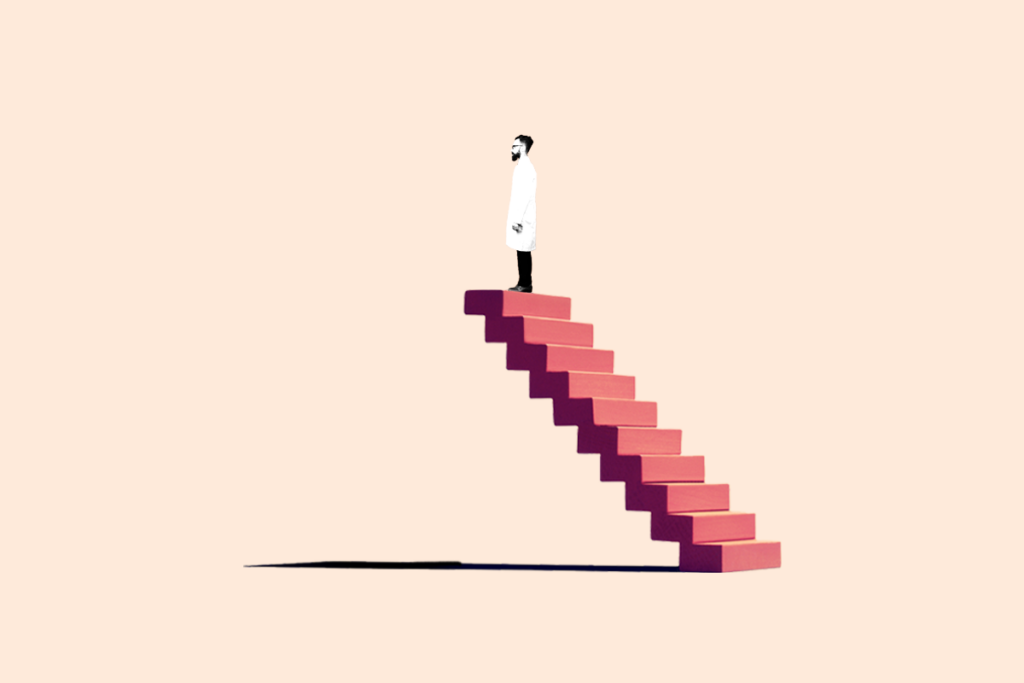At the end of the earth with Paul-Antoine Libourel
The French researcher’s accomplishments working with chinstrap penguins in the Antarctic highlight the importance of recording sleep in the wild.
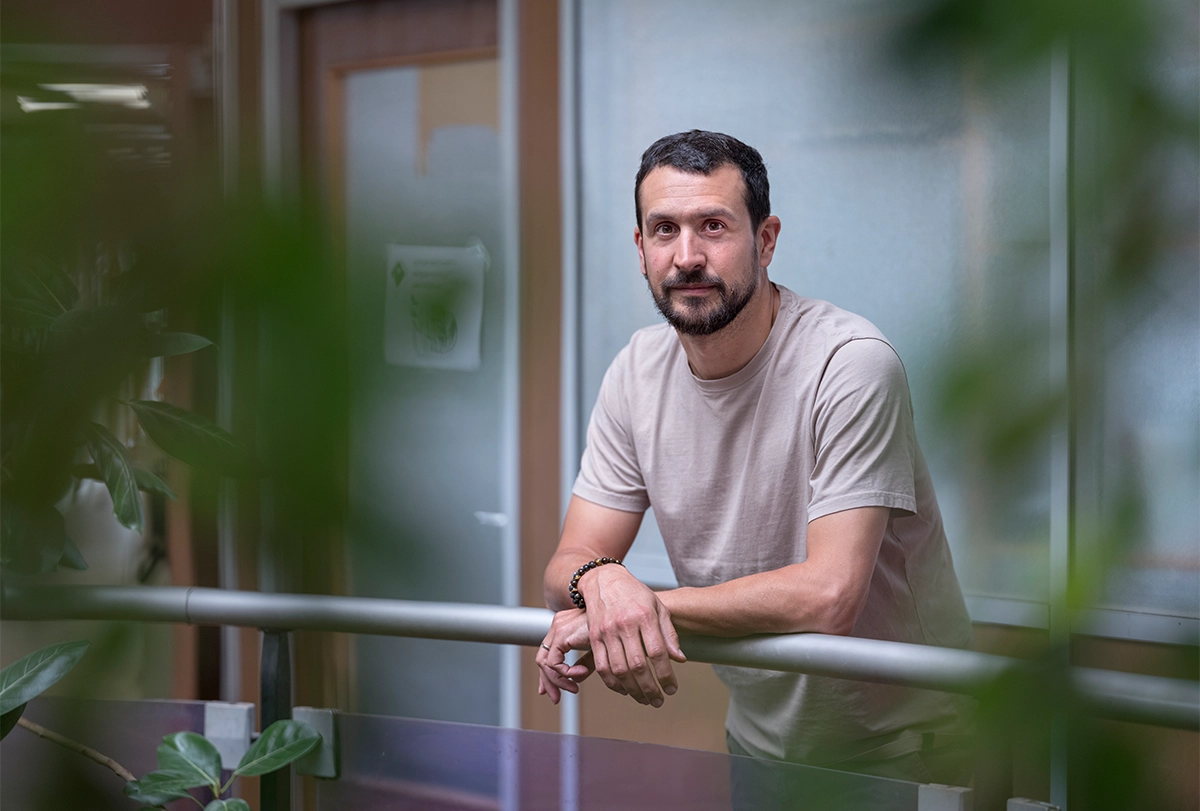
On a December morning in 2019, Paul-Antoine Libourel, a tall, bearded 39-year-old French neuroscientist, stood before his surgical instruments, nearly 100 of them, shining in the bright light of his headlamp. He had been studying sleep and performing surgeries on animals for years, but he never quite imagined he’d be doing it here: in a 4-square-meter emergency rescue metal container, without light or electricity, placed on the shores of windswept King George Island, some 120 kilometers (75 miles) off the coast of Antarctica.
He had dressed in a red-and-black polar suit for warmth, and now he pulled on a pair of latex gloves. He leaned over the table and stared at a healthy male chinstrap penguin (Pygoscelis antarcticus) that only 15 minutes earlier had been at its nest helping incubate two eggs, until it was caught in a canvas bag and quickly carried to the container.
Next to the instruments sat a black-and-green device, a data logger that Libourel himself had created to make recordings via electrodes implanted within a skull. It was programmable and capable of storing a great amount of diverse information, yet it also had been exquisitely miniaturized until its electric consumption had been reduced to a flicker and its weight to just 21 grams. Tucked inside its waterproof plastic casing, it was just 8 centimeters in length.
Yet for all its engineered ingenuity, the data logger had never actually been tested on a live penguin. Libourel did not have access to a captive animal and instead had done X-rays and a CT scan on an old chinstrap penguin skull to help define exactly where and at what depth he needed to attach the electrodes.
Now that actual attaching moment was here. Assisting Libourel was Jeong-Ho Kim, a veterinarian at the Cheongju Zoo in South Korea and an expert on chinstrap penguins. Kim’s job was to anesthetize the penguin, all the while monitoring its heart rate, blood-oxygen saturation and body temperature. Also in the container was Won Young Lee, a behavioral ecologist at the Korea Polar Research Institute.
Libourel had brought 20 data loggers from France, and if in this first surgery the animal was not harmed, if its sleep signals were not drowned in noise, then the team hoped to implant electrodes in 10 to 20 more penguins.
The team had spent 18 months planning for this and had also submitted a mountain of paperwork to adhere to the necessary regulatory and ethical guidelines. After ensuring the penguin was indeed floating beneath the anesthesia, Libourel disinfected the skin and feathers at the top of the skull and made a 2-centimeter cut.
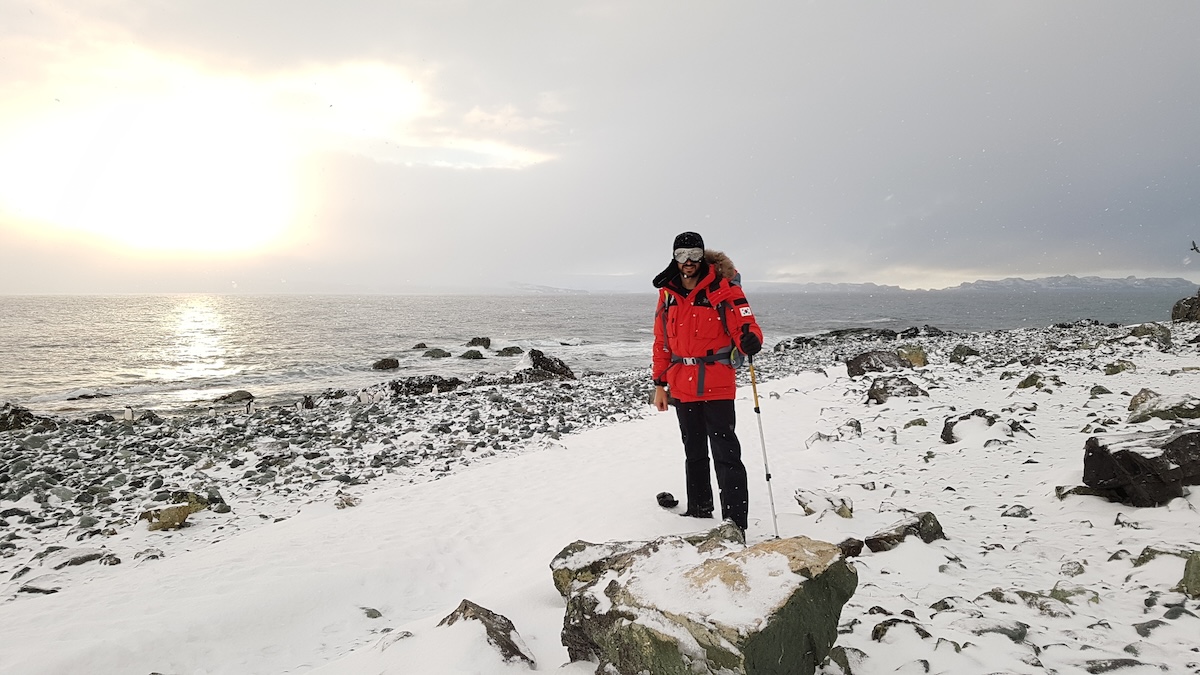
It was difficult, at this early stage, to imagine that the research would eventually be published in a major journal, and that the findings would garner worldwide attention.
I
nside the metal container, Lee saw himself as the “nurse” of the team—there to hand over instruments and support his colleagues—but in truth it was Lee’s big question that had launched this study at the bottom of the planet.A year before, at a conference in Mexico, Lee had approached renowned avian sleep specialist Niels Rattenborg, from the Max Planck Institute in Germany. Lee wanted to discuss a puzzling observation he had made while studying a colony of chinstrap penguins. The birds incubate their eggs for hours at a time, and while doing this, Lee noticed, they often closed their eyes but reopened them just a few seconds later. Lee wanted to know if the animals were actually sleeping. And if it was sleep, Lee pondered to Rattenborg, how was the animal surviving on just these tiny segments of rest?
Rattenborg seemed like the perfect collaborator; he studied how frigate birds sleep during their 10-day continuous migration. But listening to Lee, Rattenborg thought of someone else: Libourel. The French scientist had created a technology that might be perfect for the job, Rattenborg told Lee, and he was an excellent surgeon to boot.
Even before the penguin project brought Lee and Libourel together, Libourel’s talents as a surgeon and engineer had been tested. Libourel had come to neuroscience through the back door; he focused on engineering first and had not earned his Ph.D. in neuroscience until age 38. Partially, that was because he never considered a scientific life in his youth. Back then, his main interests were “skateboarding and hanging out with my buddies,” he says, though he earned good grades in science. He chose mechanical engineering because he liked building things.
But he had medicine in his background. His father is a family doctor, his mother a nurse. Further up the line, his paternal grandfather was a dentist. It is possible this family lineage is why Libourel chose biomedical engineering for his master’s degree, though he isn’t sure of that.
By 2005, when he was done with school, he saw an opening for a research engineer at the National Museum of Natural History (MNHN) in Paris. He was seduced by the prestige of the institution, he says, and the team studying evolution there needed someone to build new instruments. “My bizarre set of practical skills seemed to match their needs,” Libourel says.
At the MNHN, Libourel became a full-blown engineer, developing imaging techniques and software to help discern the evolution of locomotion, working with everything from giraffes to pangolins to dogs. Yet he was surrounded by dedicated researchers, and he found himself drawn to their conversations, especially about evolution.
Libourel was nearing 30 by this time, and by 2007 he and wife Céline had the first of their three children. Paris was expensive, and their apartment suddenly felt small. So when a position opened for a research engineer at the Neuroscience Research Center in Lyon (CRNL), where both he and his wife had grown up, Libourel applied. The center was named after the late Michel Jouvet, a mid-20th-century neuroscientist and one of the discoverers of REM sleep. Though Libourel knew nothing about the research of sleep, Lyon offered a chance at having greater family support and a less stressful way of life. He was offered the position and moved his family there in 2009.
At the center, Libourel built—among other things—a device that detected the changes in a mouse’s brain waves to see when it entered REM sleep, and then automatically awakened it by gently moving its cage, depriving the animal of that sleep phase. But more importantly, he fell in love with the science of sleep and the fundamental questions it raises. Sleep, Libourel says, is “an incredible behavior.” It has been documented in everything from jellyfish to mammals, and yet “no one understands its exact function and why evolution has not gotten rid of it despite the vulnerability it induces.” That is fascinating enough, he says, but then also consider REM sleep, in which a body ostensibly at rest goes through intensifying brain waves, body twitches and an increased heart rate.
Because Libourel was an engineer, he was not able to do his own research or ask his own questions. That bothered him. And he also began to miss the ecology and evolution work that surrounded him at the MNHN. Combined, these two factors sent him searching for a new direction, and one evening in a Parisian restaurant, he found it.
O
n that night in October 2011, Libourel was catching up with his friend Anthony Herrel, an MNHN evolutionist and reptile specialist, at a restaurant in Paris serving Cape Verdean cuisine. They drank caipirinhas, talked about sleep, about evolution, about experiments with animals in the lab versus natural settings. Libourel remembers Herrel saying, “Well, if you are interested in sleep and evolution, why don’t you study sleep in reptiles?”In the days that followed, Libourel turned the idea over in his head. Scientists have observed REM sleep only in birds and mammals. Yet it could very well have formed at some earlier point in evolution. So why not look at animals with more ancient common ancestors, something like a reptile? The more he thought about it, he says, the more it seemed like a powerful idea.
It was also original: Sleep research, though very much en vogue today, was not as much of a draw back then. In 2003, there were 4,058 papers published that contained “sleep” in their titles; that number had more than doubled by 2013, and more than doubled again by 2023, up to 24,358. But even today, studies mostly focus on neurologic processes, usually in rodents or humans in lab settings. Only a minority of neuroscientists such as Rattenborg ask questions about the evolution and ecology of sleep, Libourel says. Conversely, behaviorists and ecologists tend to be disinterested in sleep, he adds, because they “tend to study what animals do: hunt, reproduce, communicate.” Sleep, on the other hand, is a moment when animals “apparently do nothing.”
Libourel took his reptile sleep idea to his boss in Lyon, Pierre-Hervé Luppi, who heads the sleep department at the CRNL, and won support. In 2011, in parallel to his tasks as an engineer, Libourel kicked off his Ph.D. thesis looking at the sleep patterns of lizards.
For this work, Libourel wanted his reptiles to behave as naturally as possible, and he aimed to limit their discomfort. He wanted wireless loggers he could attach to the animals in order to give them freedom of movement, so he worked with Bertrand Massot, a researcher at the Lyon Institute of Nanotechnology, to come up with a prototype—the evolutionary ancestor to the loggers he brought to Antarctica.
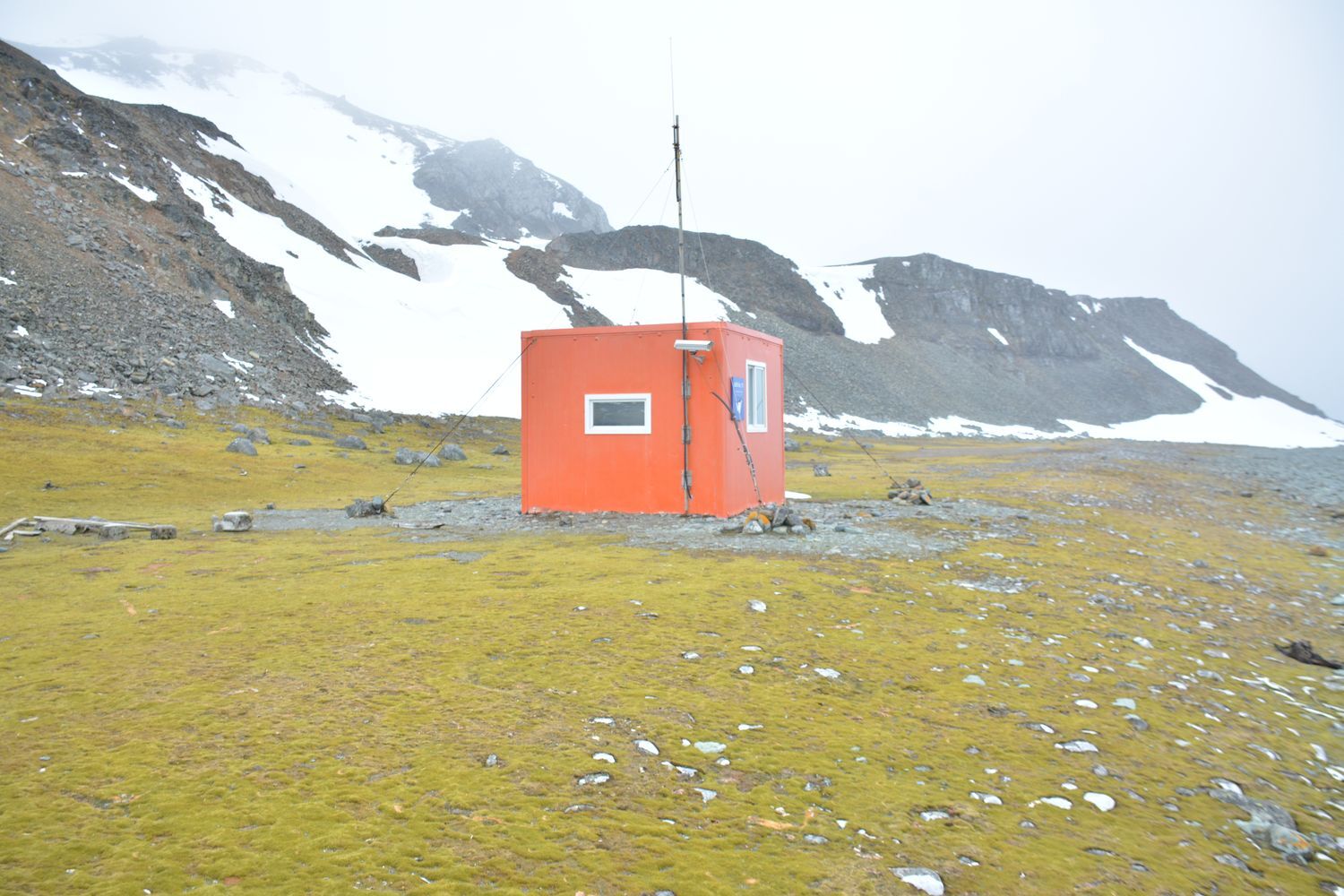
Their logger earned Libourel the Crystal Medal, the highest engineering award of the National Center for Scientific Research. Details of the design were published in a scientific journal—Massot and Rattenborg were co-authors with Libourel—and the device proved to be so useful that Libourel co-founded the startup Manitty to manufacture them. Today the company sells a range of biomonitoring devices and is developing noninvasive loggers for people in nonhospital settings.
Libourel already knew he wanted to work with Argentine tegus and bearded dragon lizards, reptiles that have larger brains that are easier to map and study. But to do that, he needed permits and approval from ethics committees. And first and foremost, he needed to be certified as an animal surgeon.
S
urgery is key in sleep research—for the best results, data should be gathered for an extended period of time, in as natural an environment as possible. But more widely, surgery is integral in the entire field of neuroscience. Some see it as a nearly mandatory skill. Loren Frank, from the Kavli Institute for Fundamental Neuroscience at the University of California, San Francisco, now trains all his students in surgery, arguing that it is “an utterly necessary component of collecting the data” and “a skill which is difficult to outsource”—contrary to, for example, software development.The CRNL, where Libourel worked for years, has a research engineer dedicated to surgery, says Luppi, head of the European Sleep Research Society. That is not always the case, however. Sometimes in labs, the surgeon “can simply be a researcher who takes up that role,” Luppi says. Regardless, neuroscience depends on surgery because of the frequent need to study small areas of the brain. What sets Libourel apart, Luppi says, is not so much speed or precision, but rather his innovation and adaptability, talents he developed by working with a range of animals.
Libourel had performed surgery on rats and mice as soon as he arrived in Lyon, under the supervision of his colleagues. But reptiles were a whole different thing. There were no established anesthesia procedures, no 3D maps of reptile brain regions to guide a researcher to insert electrodes. Libourel had to learn—and build—everything from scratch. His animal surgery certification helped, but most of what he did for his doctoral work in reptiles he had to invent.
He ended up implanting his reptiles with more than 20 electrodes, spread over four different brain regions: the dorsoventricular ridge, rostral medial cortex, nucleus sphericus and caudal medial cortex. In comparison, rodent sleep can often be monitored with four electrodes or fewer. The surgeries lasted up to 12 hours, and the preparation lasted even longer: MRIs, X-rays and CT scans of the brain of each reptile. Still, he “did not lose one animal,” he says. “They were all fine from the moment they woke up,” and Libourel was able to monitor their sleep for “weeks and months” afterward. The clean data just kept coming.
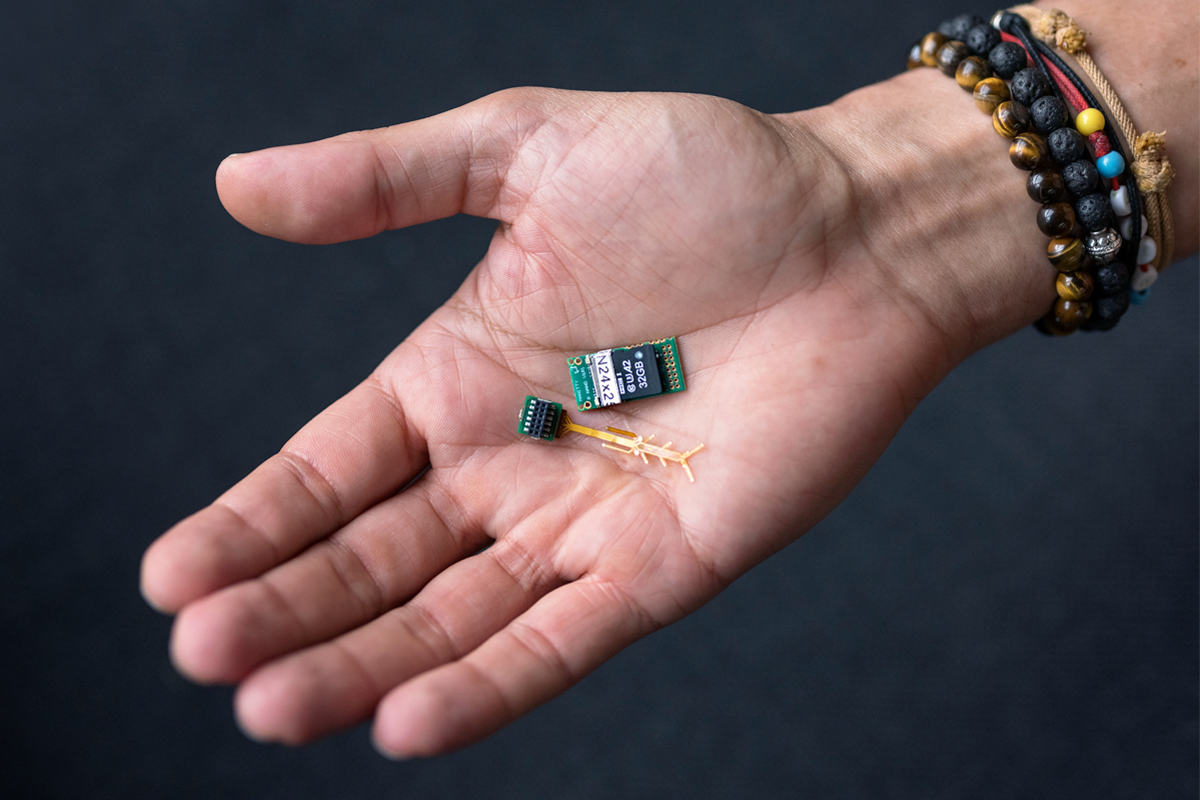
The project took him seven years, but in the end Libourel showed that there are two sleep states in reptiles, with partial homologies but also substantial differences when compared with the REM and non-REM sleep of mammals and birds. In 2018, the results were published in PLOS Biology.
At age 37, the engineer had become both a surgeon and a neuroscientist.
A
year later, Libourel had landed in the Antarctic in a metal container, an anesthetized penguin breathing deeply on the table in front of him. He drilled six 0.5-millimeter holes through the skull, above a region called the hyperpallium, carefully stopping when he reached the dura, the thick membrane surrounding the brain, on which the electrodes had to rest. He applied two more electrodes to the bird’s neck muscles to track the atonia that comes with REM sleep. Then he welded thin tungsten cables to each one of the electrodes. The cables ran just beneath the penguin’s skin to the data logger glued to its back. Libourel sutured the incisions and gave the signal to reverse the anesthesia. Two hours had passed since the bird was captured; 90 minutes of that had been in surgery.When the penguin began to stir, Lee and Kim slipped the bird back into the darkness of a bag to keep it calm while it fully regained its senses. Then, they gently carried the bird and released it close to its nest. They retreated 100 meters and watched the animal through binoculars. The penguin “went straight to its partner, and they did what I was hoping for,” Lee says. Chinstrap penguins are known for their courtship behavior, with coordinated undulations and repeatedly pointing their beaks to the sky, and indeed their penguin and its mate danced. Lee says he got the sense the birds were “relieved,” because they “danced longer than usual, and more intensely.”
The dance also showed that neither the operation nor the logger limited the bird’s movement, especially in its neck and back. Now all the researchers needed to do was wait.
The next day, Libourel and Lee woke up to find that their penguin had taken to the sea. This was good news—it meant the penguin was behaving normally, and the logger would be tested in water. However, whereas the Korean researchers were scheduled to stay at the Polar Base for some time, Libourel was scheduled for just 10 days, and penguins can stay at sea for up to 11. Never mind that in the water, where chinstrap penguins can dive to 200 meters, they are also vulnerable to predation by orcas and leopard seals. The team spent the time watching the nest and the incubating females.
The penguin returned a few hours later. Libourel quickly retrieved the logger (which did not involve surgery), and returned the penguin to its eggs and partner. During the 24 hours after surgery, the logger had recorded information from all eight electrodes. The data fell into graphs that “were perfect, exactly as we had hoped,” Lee says.
Over the next nine days, the team implanted all 20 loggers on 20 different penguins. In the following weeks, Lee retrieved all but one. Lee also tracked reproduction in the colony, and the penguins that had undergone surgery had the same success as the control penguins, suggesting the experiment had not been harmful.
Libourel and Lee spent three years fully analyzing the data, and the result, as Rattenborg puts it, was “both clear and unprecedented.” It showed incubating chinstrap penguins sleep in segments of less than 10 seconds at a time but still manage to get up to 11 hours of sleep per day. Last December, the journal Science published the team’s paper and featured it on its cover. Media all over the globe covered the findings: CNN, The Guardian, South China Morning Post, Italy’s La Reppublica and many others.
I
n a sense, Libourel was a hired gun on the penguin study, a “side project” to his other work, he says. The study was intense, but nothing compared to the toil of seven years examining reptiles—research that he felt was just as important but got much less attention.Libourel has since moved on to a new institute, the Center for Functional and Evolutionary Ecology (CEFE) in Montpellier, and new animal models. He says he plans to study the ecology of sleep in brown rats in the wild and also hopes to monitor sleep in people, noninvasively and in nonhospital settings. And he has a new partnership with Lee to monitor the intriguing sleep patterns of elephant seals, which dive deeper and stay at sea much longer than chinstrap penguins. That project will require surgery on an open beach.
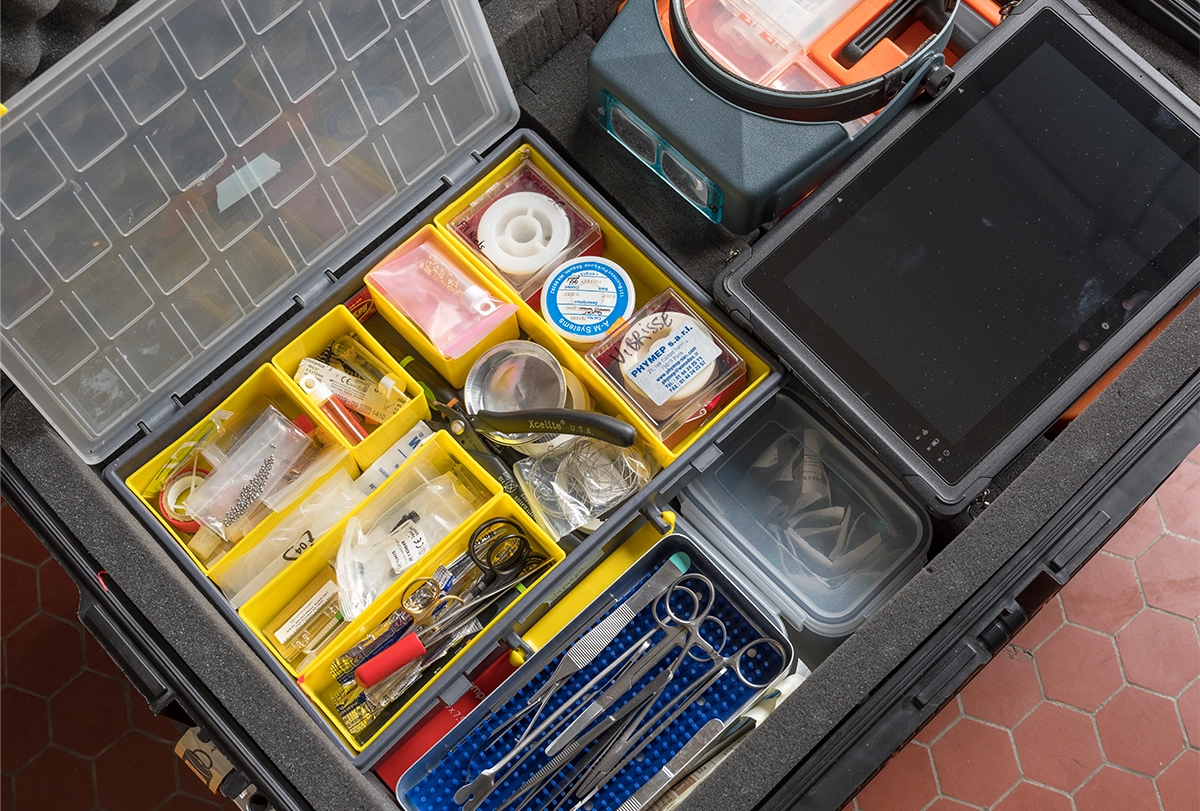
Philippe Blasquez, CEO of Libourel’s startup Manitty, says he considers Libourel “very active, some would say hyperactive.” Still, even with that much energy, Libourel will now need to “learn how to make choices,” Blasquez says, given the number of collaboration offers he’s received.
That kind of hard-driving nature can have its downsides. Massot, the Lyon Institute of Nanotechnology researcher who worked with Libourel on creating the logger, says he remembers that Libourel would “call you at any time of the day with a new idea, expecting you to be available to discuss it.” Once, after Massot had created a logger that could gather data for five straight days, Libourel said, Could you make it last a year? (In the end, Massot could, by designing the device to “sleep” for months and then be awakened.) The demand can be exhausting, Massot admits, but also rewarding. “He knows how to get the best out of people. He made me do things I am proud of and that I would not have done by myself.”
Libourel’s demands are balanced by his charisma. Lee says that while on the Polar Base, “everyone” liked Libourel. “He really knows how to talk to people new to him.” But for Lee, what’s most memorable about Libourel, and the experiment, was not his charisma but rather his enthusiasm. Lee noted it with the first penguin, when the bird had come back from the sea and the logger had been safely retrieved.
At first glance, the data seemed solid, but Libourel wanted to examine them more closely, to clean them. He took his laptop and climbed onto his top bunk and began to work, Lee says.
Lee settled onto his bottom bunk. Libourel sifted the numbers and fed them into software that he had created to analyze the logger’s info. For a while, it was silent in their bunkroom. But then Libourel got a look at the graphs being generated from the data, clearly showing the penguin cycling almost endlessly through short bouts of sleep—and it sent Libourel into a kind of scientific euphoria, Lee says. Above him, the Frenchman began to shout so loudly that Lee thought for a second that Libourel had gone crazy: “We did it! We did it!”
Correction:
Recommended reading
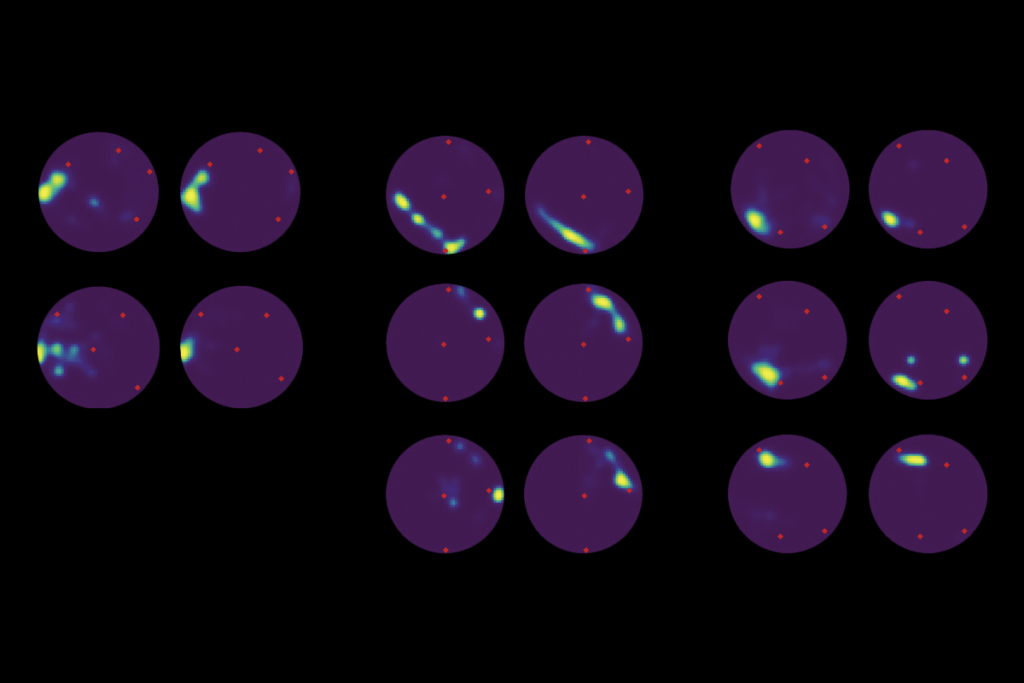
Sleep doesn’t just consolidate memories; it actively shapes them
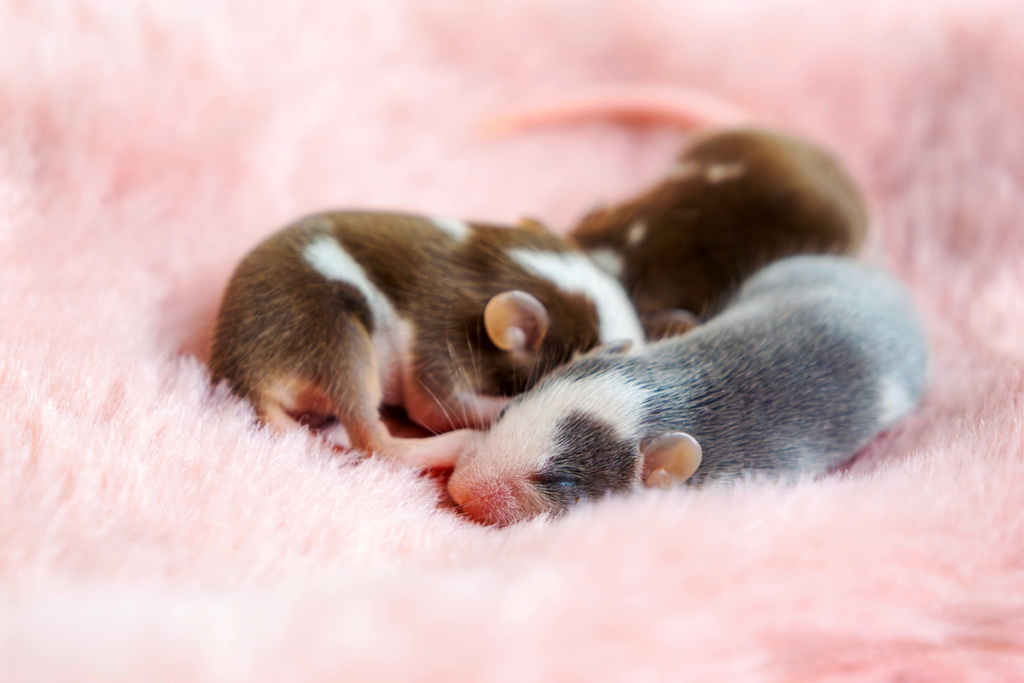
Fleeting sleep interruptions may help brain reset
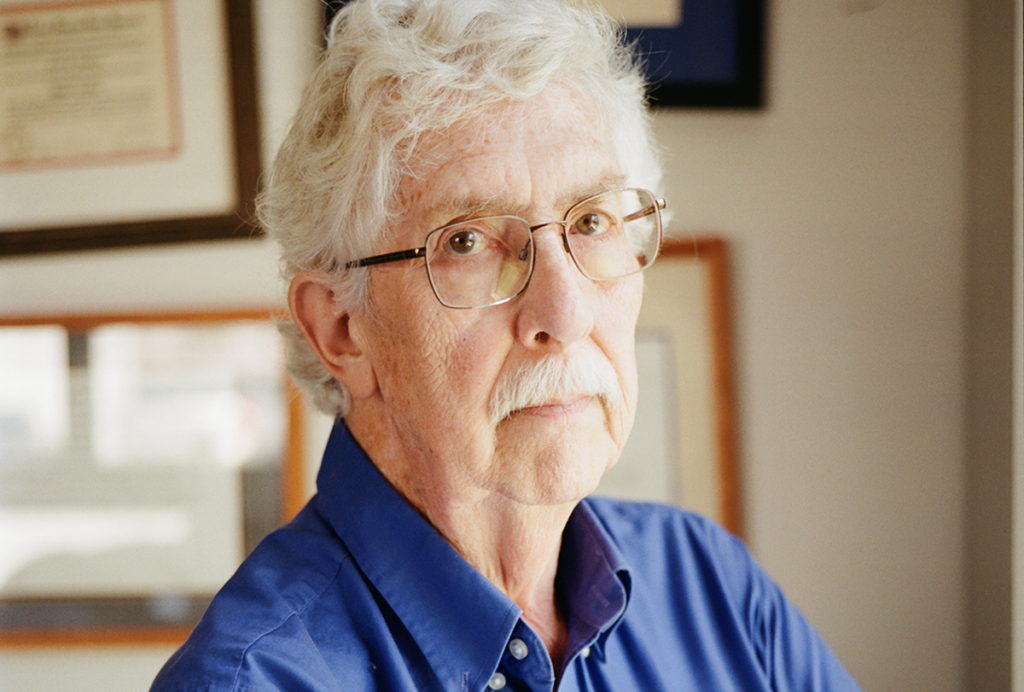
How pragmatism and passion drive Fred Volkmar—even after retirement
Explore more from The Transmitter
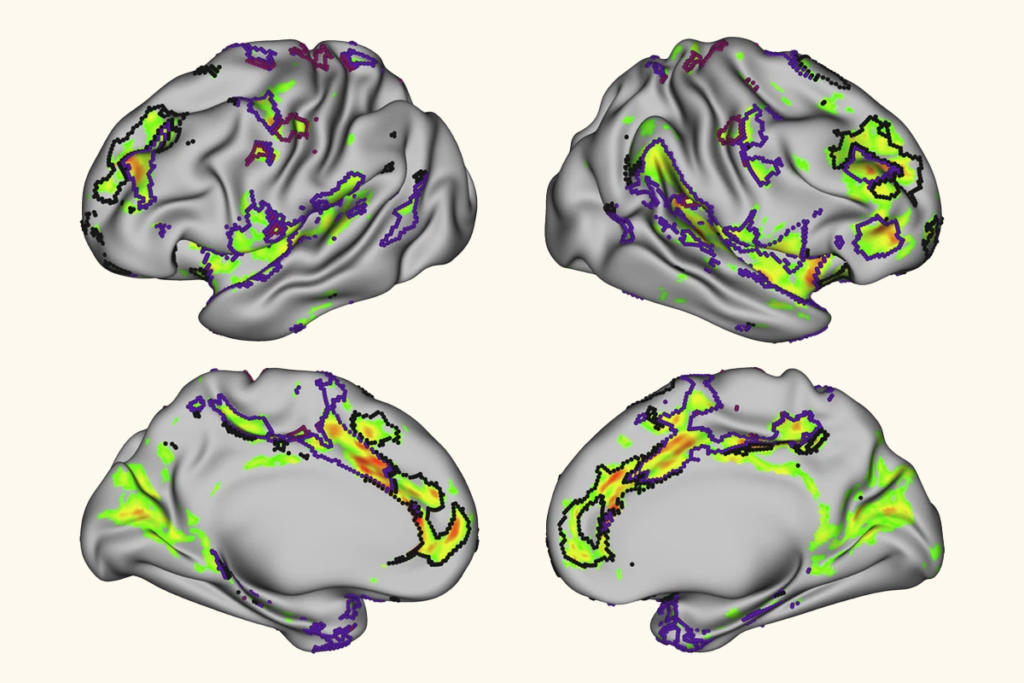
‘Ancient’ brainstem structure evolved beyond basic motor control
